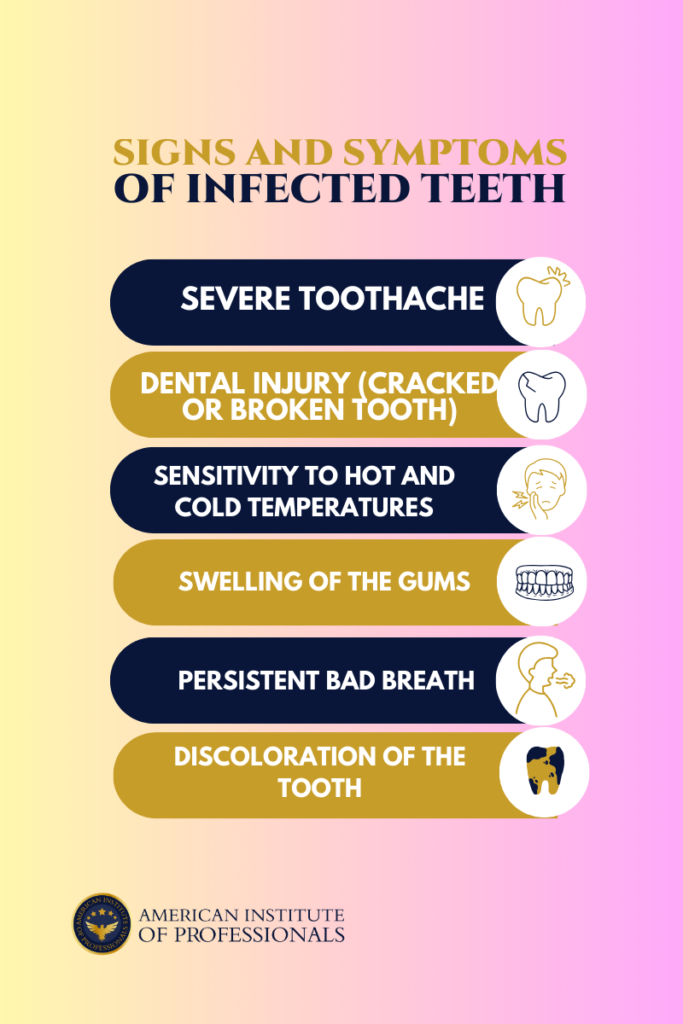Root canal therapy, a crucial procedure for maintaining dental health, becomes necessary when our teeth are infected, leading to intense pain and discomfort. In such challenging situations, the expertise of an endodontist can be a genuine lifesaver.
An endodontist excels in diagnosing the origins of tooth pain, assessing the extent of infection or damage, and offering suitable treatment options. Their precision and expertise in performing root canal therapy play a pivotal role in alleviating pain, eradicating infection, and restoring the functionality and health of the affected tooth.
In this article, we will delve into the world of endodontics, exploring root canal therapy and its procedure.
Are you experiencing tooth pain?
What is Root Canal Therapy?
Root canal therapy, also known as endodontic care, is a dental procedure done by an endodontist, designed to save and restore infected teeth. It involves removing the infected dental pulp from the tooth, cleaning and disinfecting the root canal, and then filling and sealing it to prevent further infection.

Ignoring the signs of an infected tooth can lead to serious complications. The infection can spread to the surrounding tissues, causing abscesses and bone loss. Prompt treatment with root canal therapy is essential to save the tooth and prevent further damage.
Understanding the Root Canal Procedure
The root canal procedure involves several steps that are aimed at eliminating the infection and restoring the tooth to its natural function. Let’s explore each step in detail.
- Examination and Diagnosis: During the initial appointment, the endodontist will examine the tooth structure and take X-rays to assess the extent of the infection. Based on the findings, they will determine if root canal therapy is necessary.
- Anesthesia and Isolation: To ensure patient comfort, the endodontist will administer local anesthesia to numb the tooth and surrounding area. They will also place a dental dam around the tooth to keep it dry and isolated during the procedure.
- Accessing the Infected Tooth: The endodontist will create a small access hole in the tooth, allowing it to reach the infected pulp, root surfaces, and rest of the root canal system.
- Cleaning and Shaping the Root Canal: Using specialized instruments, the endodontist will carefully remove the infected pulp from the tooth and shape the root canal to prepare it for filling.
- Filling and Sealing the Root Canal: The cleaned and shaped root canal is then filled with a biocompatible material called gutta-percha. This material, combined with a dental adhesive, seals the canal and prevents reinfection.
- Restoring the Tooth: After the root canal therapy, the endodontist will place a temporary filling to protect the tooth. In some cases, a dental crown may be recommended to provide additional protection and restore the tooth’s strength and appearance.
Post-Treatment Care
After the root canal therapy, the endodontist will provide instructions for post-dental care. It is important to follow these guidelines to ensure proper healing and the long-term success of the procedure. Some common post-treatment care instructions may include:
- Avoiding chewing on the treated tooth until the final restoration is placed
- Practicing good oral hygiene, including brushing and flossing regularly
- Scheduling follow-up appointments for evaluation and restoration placement
- Taking prescribed medications, such as antibiotics or pain relievers, as directed

Advantages of Root Canal Therapy
Root canal therapy offers several benefits, including:
- Pain relief: Root canal therapy eliminates the source of tooth pain, providing much-needed relief.
- Preservation of natural tooth: By saving the infected tooth, root canal therapy helps maintain proper chewing function and preserves the natural appearance of your smile.
- Prevention of further infection: Root canal therapy removes the infected pulp and seals the tooth, preventing the spread of disease to surrounding tissues.
- Cost-effectiveness: Root canal therapy is often more cost-effective in the long run compared to tooth extraction and subsequent tooth replacement options.
Tooth Pain? Consult your dentist.
Root canal therapy is a highly effective endodontic treatment for saving infected teeth. It relieves pain, eliminates infection, and allows you to preserve your natural tooth. By understanding the process, debunking myths, and exploring alternatives, you can make informed decisions about your dental health. If you’re experiencing signs of an infected tooth, don’t delay—seek prompt treatment and consult with an endodontist in Arizona to save your tooth and restore your oral health.
Experience clinical excellence with an expert team of dental professionals. They can provide you with expert care and ensure unsurpassed quality of dental health in Arizona.





